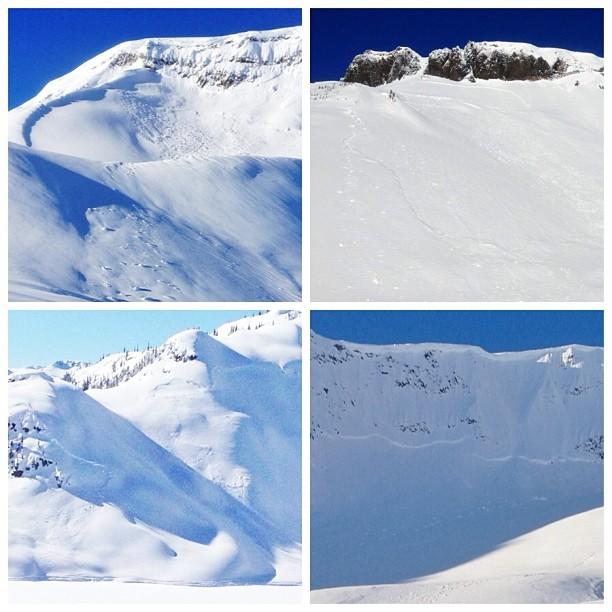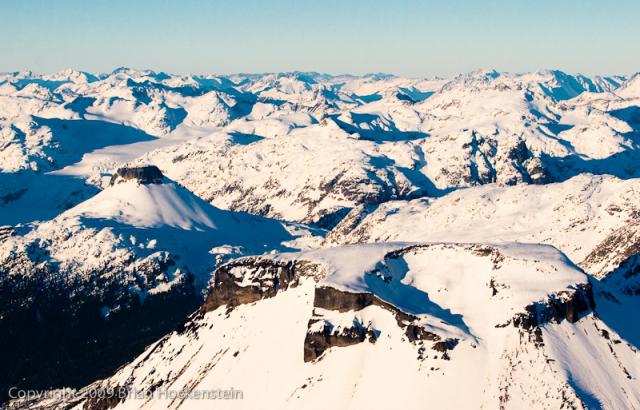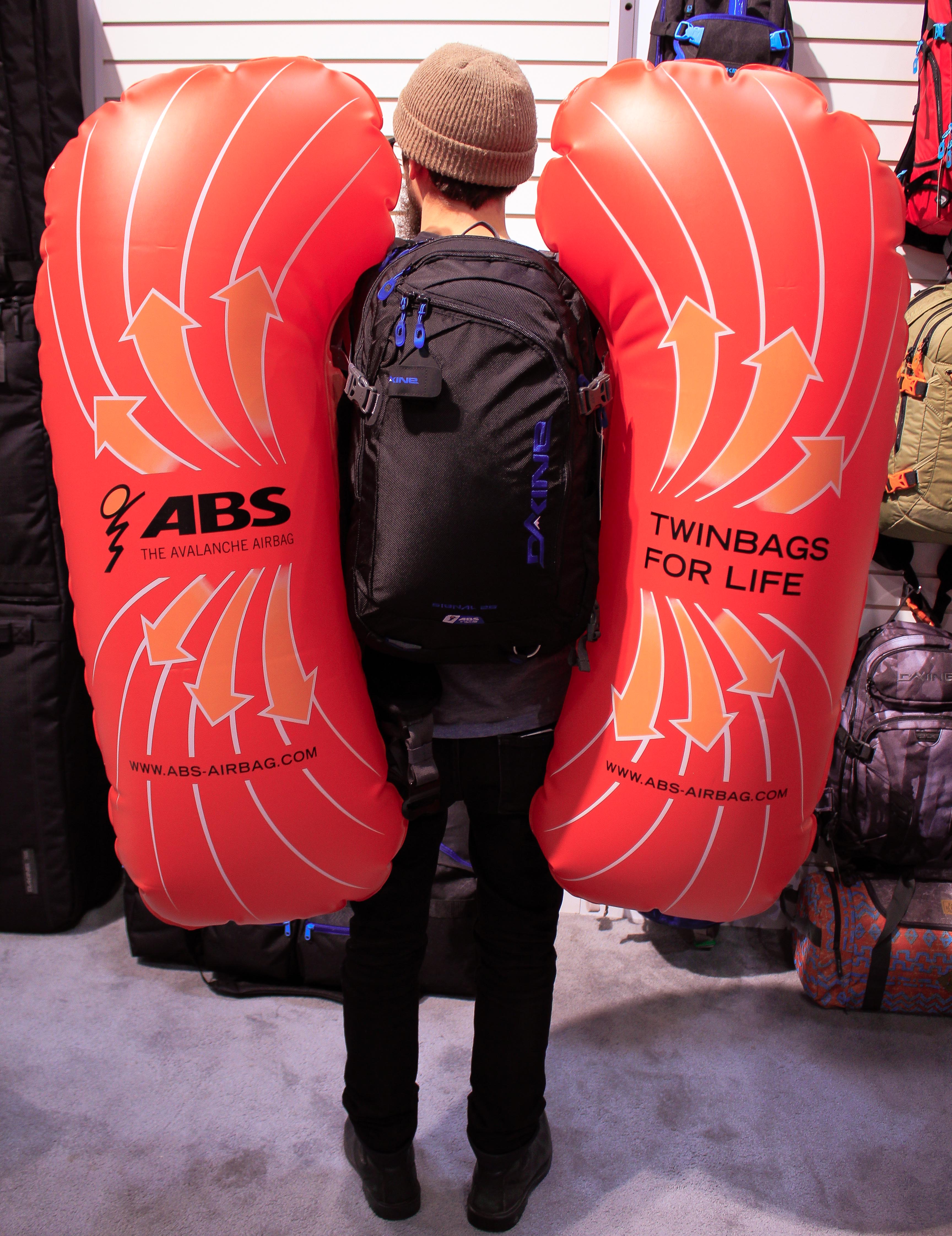Winter has decided to show up again on the West Coast and with it comes the call of the backcountry. Remember that even resort-accessed 'slackcountry' zones are still backcountry and you should always be prepared for the worst. Taking a chairlift can put you into avalanche terrain quickly and even in-bounds avalanches can be a reality. Always be aware while traveling in the mountains and understand these five essentials to stay safe in avalanche terrain.
 A few recent slides in the Whistler Backcountry
A few recent slides in the Whistler Backcountry1. Equipment: Start off by getting an avalanche transceiver, probe and shovel with a metal blade. You are also going to need something to hold this life saving equipment. Depending on your needs you can get low profile vest or for longer missions, look into a backpack that can hold other essentials too. Be prepared for self-rescue and a surprise overnight adventure with a first aid kit, food, water, emergency shelter and extra layers at the minimum.
Consider investing in an avalanche air bag. Many companies are offering these additional tools in both vest and backpack options. While air bags have been proven to decrease injury and burials they should be used in addition to education and smart decision making.
2. Education: It is great to own the essential equipment but you should also learn how to use it. Take an Avalanche Skills Training course before you head out to learn about avalanche formation, companion rescue and safe travel among other topics. Practice beacon searches with your backcountry partners and establish a protocol that will help you react faster in the event of a burial.
3. Beta: Have information of what is happening in your region. Be aware of what has been going on in the snow pack throughout the whole season, not just during the current storm cycle. Read local avalanche reports, blogs, and weather forecasts.
 A very small chunk of the available terrain out there - overwhelming if you think about it
A very small chunk of the available terrain out there - overwhelming if you think about it4. Planning: Know where you are going, plan a safe travel route and be aware of terrain traps, other natural hazards, or people that could be traveling above you. If you are exploring a new area go with someone that has local knowledge or consider hiring a guide. Leave a detailed note with a trusted friend or family member outlining your travel route and when you are expected to return.
5. Partners: Choose your backcountry partners wisely. Consider their experience, fitness and health when deciding upon your destination and duration of your trip. Will they be able to deal with weather, elevation or technical terrain safely? If you are caught in an avalanche do you trust them to perform a search efficiently? Always travel with a partner in backcountry terrain.
Backcountry travel allows us to access incredible snow in a beautiful environment, spectacular terrain and share incredible experiences with our friends. Following these five essentials will help you get home safe and get back out to do it all again.








